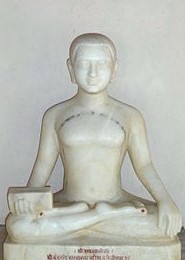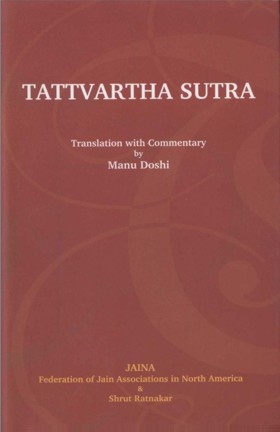Now we come to the last Adhyāy of Tattvartha Sutra. Jeev, Ajeev, Punya, Pap, Āsrav, Samvar, Bandha, Nirjarā and Moksha are the nine fundamentals of Jainism. They are collectively known as Navtattva. As stated in the first chapter Tattvartha Sutra covers Punya and Pāp within Asrav. As such it specifies only seven fundamentals. Of these, we have completed the consideration of six. Now we have to consider Moksha (liberation), which is also known as Mukti, Siddhī etc.
As pointed out earlier, liberation is the ultimate objective of all the Aryan religions. But Jainism lays greater emphasis on it. It states very emphatically that the worldly soul has been wandering since the infinity on account of the ignorance of its true nature and would still continue to wander till it attains liberation. After describing the conscious soul and the lifeless matters in the first five chapters, the author explains in chapter 6 to 8 how the soul interacts with Pudgal (tangible lifeless matter) and acquires Karma. The ninth chapter shows how it can be free from that and gain Karmaless state. That very state is termed as liberation.
 Acharya Umaswati
Acharya Umaswati
